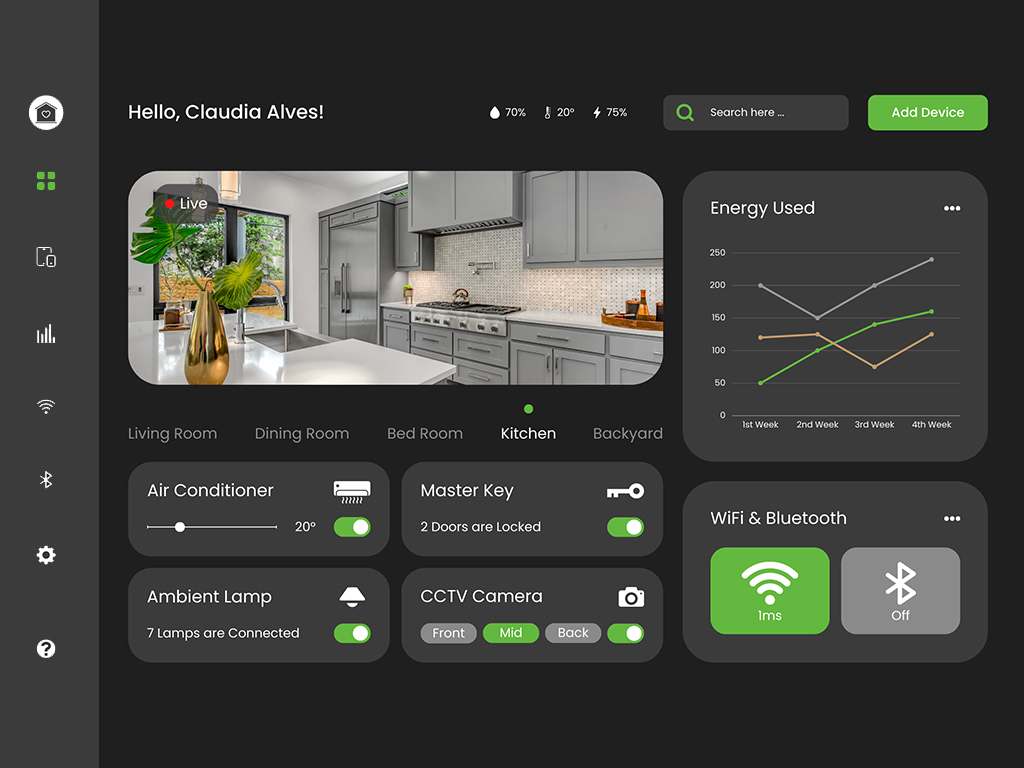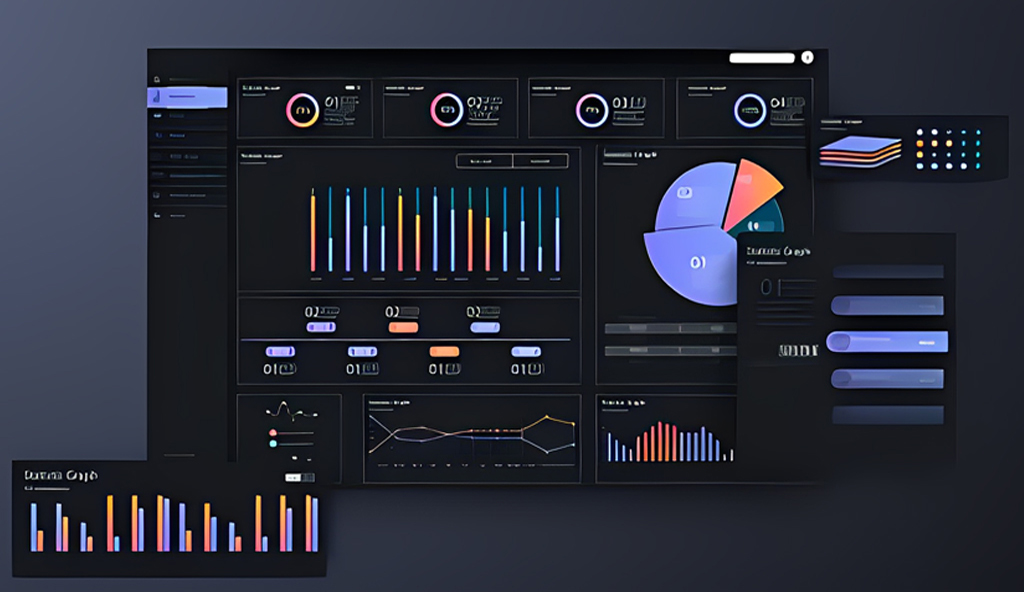An IOT (Internet of Things) dashboard is a graphical user interface (GUI) or web-based application that allows users to monitor, manage, and visualize data collected from IOT devices. IOT dashboards provide a centralized platform for users to view real-time information, historical trends, and analytics related to their connected devices.

Key features of an IOT dashboard include:
- Real Time Monitoring: Displaying current data and status updates from IOT devices in real-time, allowing users to quickly assess the current state of their IOT ecosystem.
- Data Visualization: Representing complex data sets through charts, graphs, gauges, and other visual elements to make it easier for users to interpret and understand the information.
- Device Management: Allowing users to control and manage their connected devices remotely, such as turning devices on/off, adjusting settings, or triggering specific actions.
- Alert Notifications: Sending alerts or notifications to users when predefined conditions or thresholds are met, helping them stay informed about critical events.
- Data Visualization: Representing complex data sets through charts, graphs, gauges, and other visual elements to make it easier for users to interpret and understand the information.
- Historical Data Analysis: Providing tools for users to analyze historical data trends, enabling them to make informed decisions based on past performance or patterns.
- Customization: Allowing users to customize the dashboard layout, choose specific metrics to display, and configure settings to meet their unique needs.
- Security Features: Implementing security measures to protect sensitive data and ensure that unauthorized users cannot access or manipulate the IOT devices through the dashboard.
- Scalability: Supporting the addition of new devices and accommodating a growing volume of data as the IOT ecosystem expands.

IOT dashboards play a crucial role in various industries, including smart homes, industrial automation, healthcare, agriculture, and smart cities. They empower users to efficiently monitor and manage a network of interconnected devices, enhancing operational efficiency, optimizing resource utilization, and improving decision-making processes.

